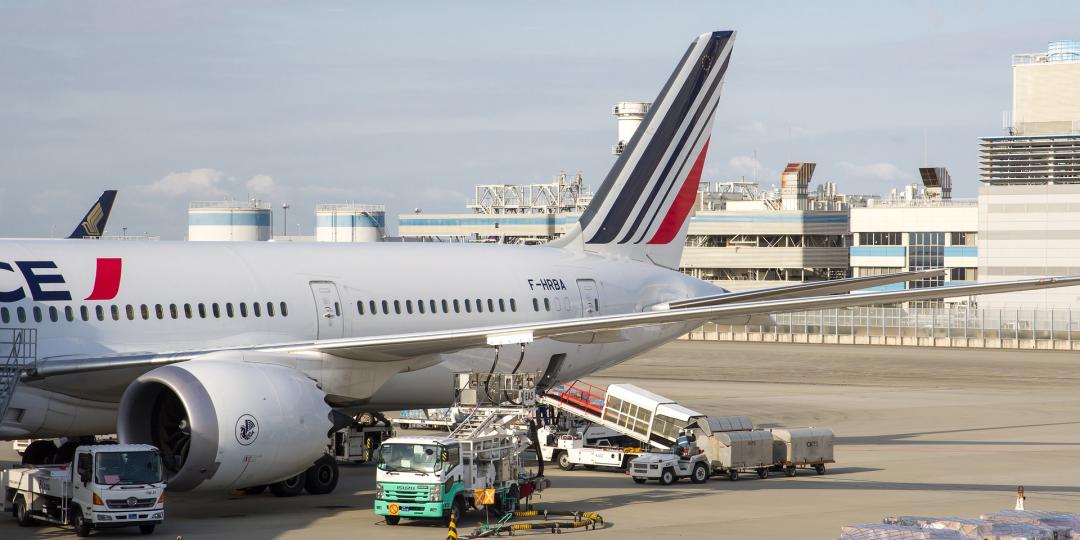Global air cargo demand grew for the first time in 19 months according to the latest data released by the International Air Transport Association (IATA). Overall demand increased by 1.5% compared to August 2022 levels (1.2% for international operations) Iata said in a statement on Tuesday.
Capacity, measured in available cargo tonne-kilometers (ACTKs), was up 12.2% compared to August 2022 (11.8% for international operations). This was largely related to belly capacity which rose 30% year-on-year as airlines ramped-up operations to meet peak-northern summer travel season demand, Iata said.
However, both the manufacturing output Purchasing Managers Index or PMI (49.4) and new export orders PMI (47.0) saw only a slight improvement compared to July.
“They remained, however, below the critical threshold represented by the 50 mark, indicating a continuing, if slower, annual decline in global manufacturing production and exports,” Iata said.
Global cross-border trade contracted for the fourth month in a row in July, decreasing 3.2% and reflecting the cooling demand environment and macroeconomic conditions.
Inflation data presented a mixed picture with an increase in US consumer prices for the second month in a row in August.
Meanwhile, in Europe and Japan, consumer and producer prices fell. In China, which is fighting deflationary pressures, consumer prices rose.
“Air cargo demand grew by 1.5% over the previous August. This is the first year-on-year growth in 19 months, so it is certainly welcome news. But it is off a low 2022 base and market signals are mixed,” said Willie Walsh, IATA Director General.
“Looking ahead, while many uncertainties remain, we can take some optimism from PMI data moving towards positive territory. This is particularly significant as we head into air cargo’s traditional peak year-end season,” Walsh said.
According to detailed IATA data Asia-Pacific airlines saw air cargo volumes increase y-o-y by 4.9% in August. This was a significant improvement in performance compared to July (+2.3%). Additionally, the within-Asia trade lane also performed better with international CTKs contracting by 4.7% compared to the 9.7% annual decline in July.
North American carriers saw air cargo volumes decrease by 1.2%, an improvement in performance compared to July (-5.4%). Carriers in the region benefitted from a slight improvement in growth on two major trade lanes: North America – Europe (2.9% annual contraction in August,1.2 percentage points better than in July) and Asia - North America (declined 4.2% in August compared to 4.4% decrease in July). Capacity increased 2.7% compared to August 2022.
Air cargo volumes for European carriers declined by 0.2%, an improvement compared to July (-1.0%), while Middle Eastern carriers experienced a 1.4% year-on-year increase in volumes.
The demand on the Middle East–Asia market has been trending upward in the past three months, expanding its annual growth from 1.8% in June to 3.5% in August. Capacity increased 15.7% compared to August 2022.
Latin American carriers had the strongest performance for the period, recording a 6.2% increase in cargo volumes, a significant improvement from 0.5% in July.
African airlines had the weakest performance, recording a 4.7% decline in cargo volumes compared to August 2022.
“This was a significant decrease in performance compared to July (+2.3%). Notably, Africa–Asia routes declined by 1.1% in August following an 11.2% growth in July. Capacity was 3.8% above August 2022 levels,” Iata said.













